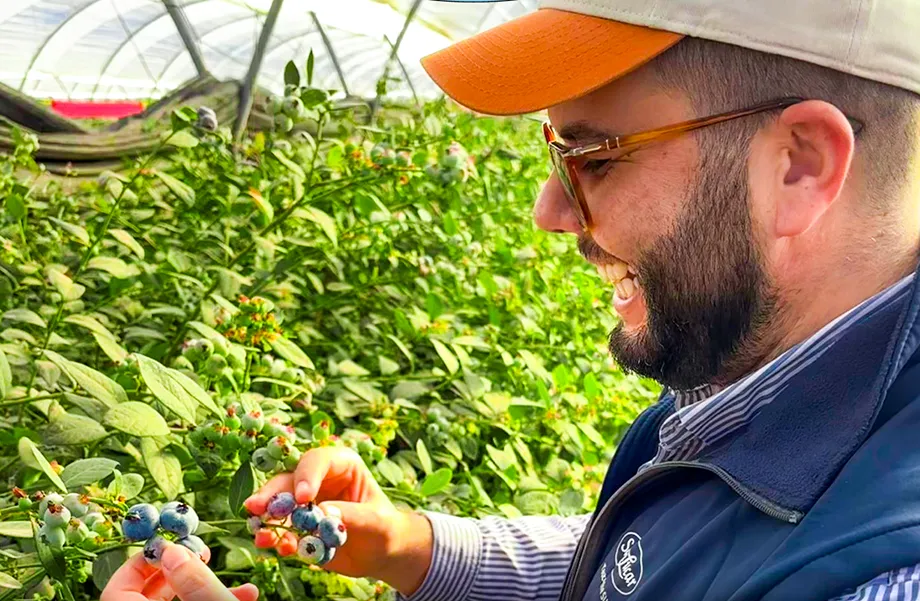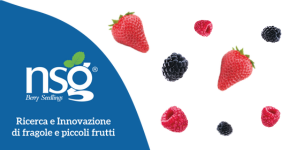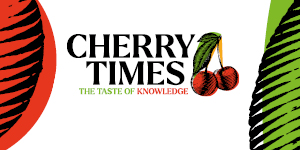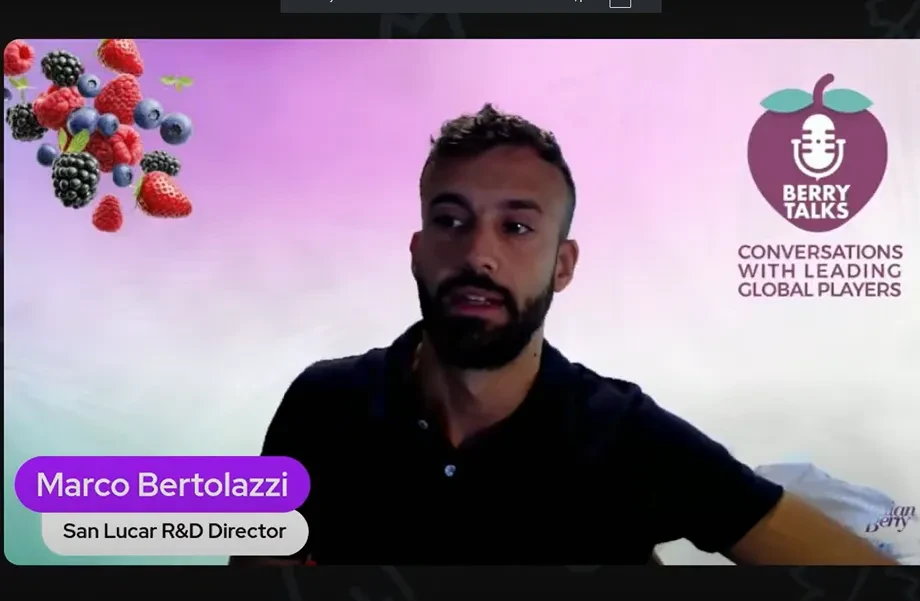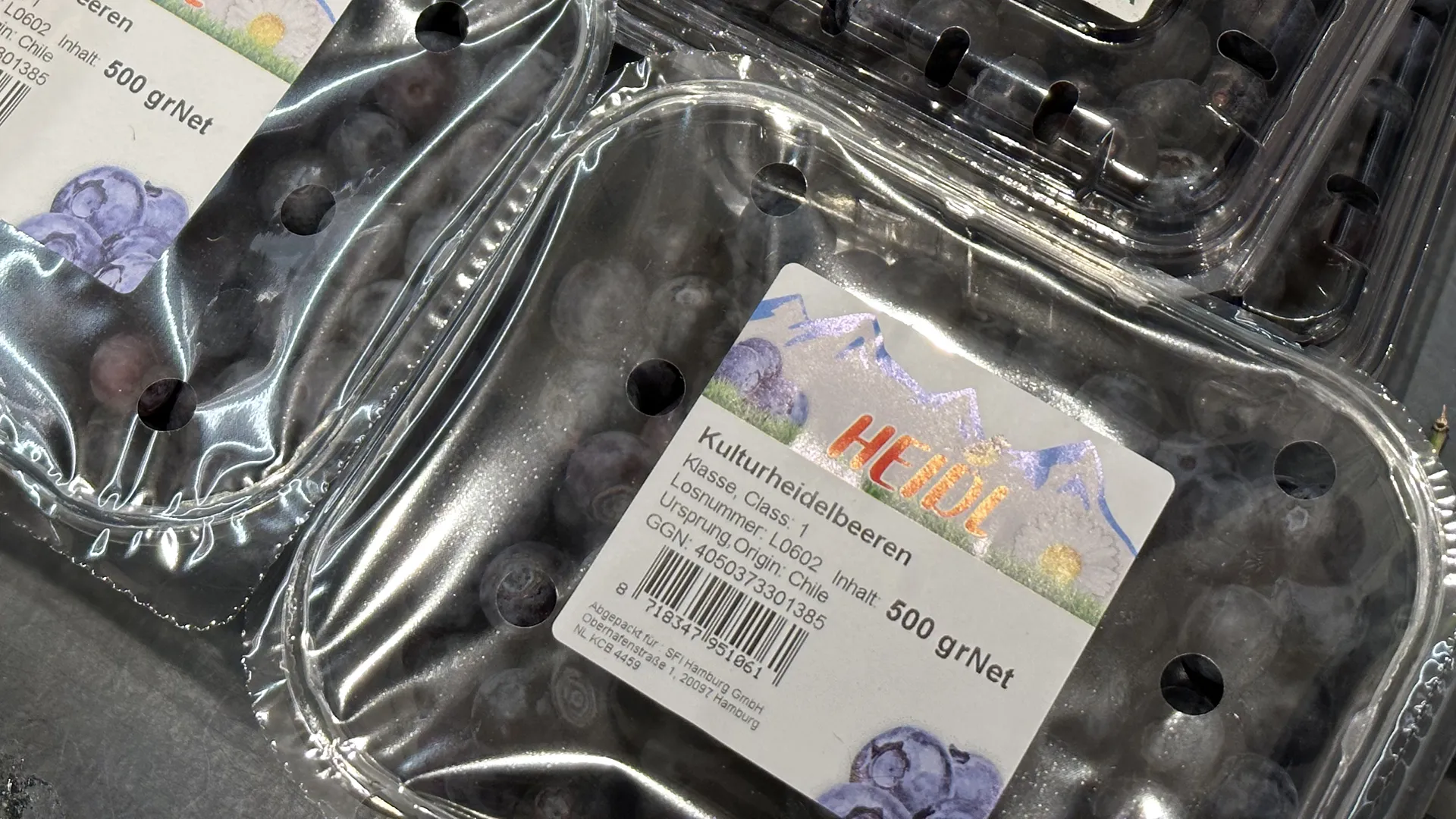The world of premium fruit is constantly evolving, and at the heart of this transformation lies innovation in varietal research and development (R&D). To better understand the dynamics and future directions of this sector, we had the pleasure of speaking with Marco Bertolazzi, R&D Director at SanLucar, a premium fruit and vegetable company operating in over 36 countries. His extensive experience, ranging from plant biotechnology to international marketing, makes him a privileged voice to explore the future of berries.
SanLucar’s R&D mission: a commitment to exclusive quality
SanLucar, originally founded as a pure marketing company, is now a multinational with 45 branches, where the "SanLucar" brand is the core value. The company’s vision is to offer consumers added value through its brand, incorporating factors such as selecting quality suppliers, choosing the most suitable growing areas, and producing high-quality fruit on its own farms.
In this context, the selection of exclusive varieties is at the heart of the R&D department’s work. With a team of about 15 people, 95% of R&D activities are dedicated to researching, testing, and commercially developing new varieties. This includes scouting new selections, testing them in-house or with partners and research institutions, and if they show potential, developing them commercially within the SanLucar ecosystem, which includes its own farms, strategic growers, and partnerships.
Harmonizing global research: a crucial challenge
SanLucar conducts varietal trials across continents—from Italy and Greece to Peru and South Africa, including Spain, Portugal, Morocco, and Tunisia. This broad scope raises a hot and crucial issue: how to ensure consistency and comparability in varietal trials across such different climates and contexts?
Marco Bertolazzi admits that harmonizing, standardizing, and centralizing trial data is a significant challenge. In an ideal world, the same protocols would be used and information would be centralized using dedicated software. In practice, SanLucar adopts a flexible approach, assigning responsibility to R&D specialists for specific species (e.g., blueberries), who define detailed protocols on what, how, and how frequently to measure parameters such as yield, fruit size, Brix level, and acidity.
The company literally tests hundreds of varieties and selections each year, collaborating with over 30 strawberry breeders and also evaluating “codes” (selections not yet commercialized) that breeders often discard. The lack of harmonization is sometimes due to collaborations with third parties who use their own methods and software, but the goal is to develop a standardized software to manage all projects.
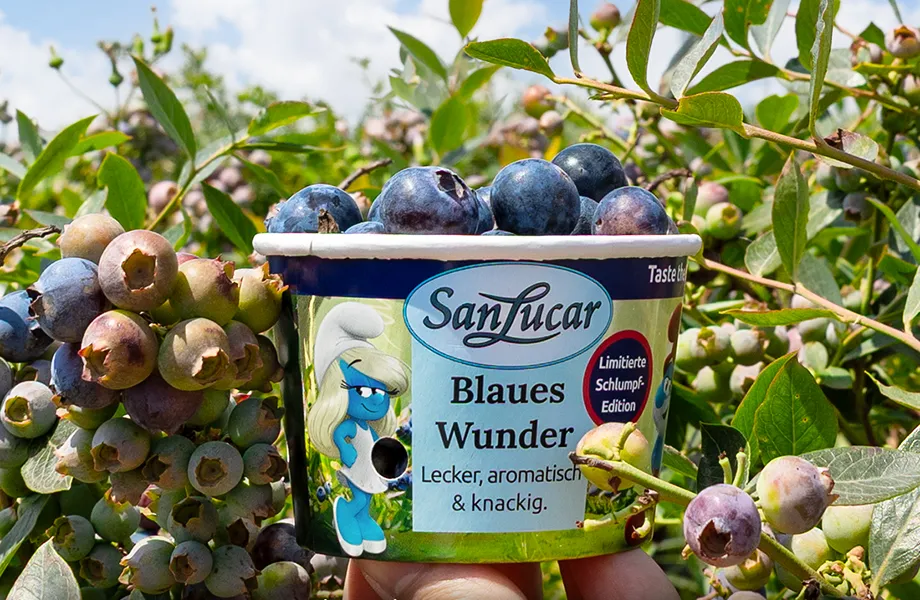
The untapped potential of berries: blueberries, raspberries, and blackberries
When discussing future potential for improving premium traits such as flavor and texture, Marco Bertolazzi identifies berries as a major area of opportunity, particularly:
- Blackberries: Considered the fruit with the greatest potential for improvement in agronomic and fruit quality terms. Production in Europe and the Mediterranean is very low, with major opportunities, for example, in Morocco and North Africa. The main challenge is achieving the sweet-acid flavor profile that encourages repeat consumer purchases.
- Raspberries: Raspberries also offer great opportunities, although the challenge is to find varieties with low chill requirements.
- Strawberries and Blueberries: These are considered “mature” crops and, while still important, Marco believes the 'Sekoya' varieties have already set a new benchmark for blueberries, making disruptive innovations less likely than for blackberries and raspberries.
SanLucar’s integrated approach: from farm to consumer
One of SanLucar’s key strengths is its ability to test product-market fit at a very early stage thanks to its fully integrated supply chain. Marco stresses that breeders should be more humble and understand the importance of integration with fruit marketing companies.
SanLucar’s R&D process includes:
- Testing early-stage material and gathering information from breeders and other involved companies.
- Sending fruit samples to SanLucar’s strategic logistics hubs.
- Joint evaluation by a committee including R&D, the product department (responsible for ensuring volume), and the commercial department (in direct contact with clients).
- Conducting internal panel tests, shelf-life trials, tasting upon arrival, and collecting feedback through questionnaires.
The key is direct dialogue with buyers and customers, which provides valuable insights into specific market preferences, going beyond generic market research. This allows a high degree of customization as well as the ability to make fast strategic decisions, such as investing in exclusive varieties even before all data is available.
A success story of this approach is the strawberry Inspire, developed through an exclusive agreement with an American breeder and other Spanish companies. Inspire was identified through early material testing and met SanLucar’s standards of quality and yield. The Victory strawberry is also a result of this protocol.
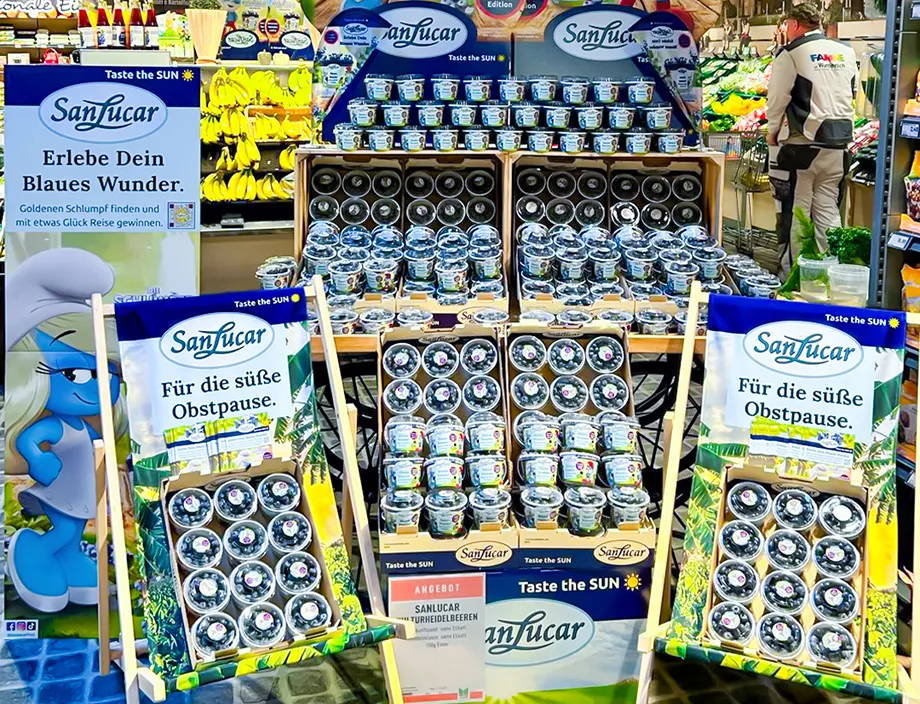
Project management and the future of R&D in the fresh produce sector
To manage the complexity of hundreds of projects, Marco relies on solid project management principles. This includes clearly defining objectives (short term) and goals (long term), timelines, KPIs to measure success, project sponsors, managers, and meeting frequency. This methodological approach is essential to avoid working under pressure and to solve problems proactively.
Looking ahead to the next 5–10 years, challenges and opportunities converge:
- Predictive Technologies: Implementing predictive technologies, including those based on artificial intelligence, is crucial to forecast whether a given genotype will perform in a specific region, reducing waiting times such as quarantine periods.
- Synergies among Stakeholders: The greatest opportunity lies in creating integrated R&D projects where all stakeholders in the supply chain work together toward solving specific problems.
SanLucar is an example of how an integrated supply chain and operations—from contact with supermarket buyers to R&D and farming operations—can offer a huge competitive advantage. The company’s ongoing commitment to innovation and R&D is part of its DNA, and Marco Bertolazzi plays a crucial role in steering this vision into the future.
To learn more about SanLucar’s innovations and Marco Bertolazzi’s work, you can follow SanLucar and Marco Bertolazzi on LinkedIn.
